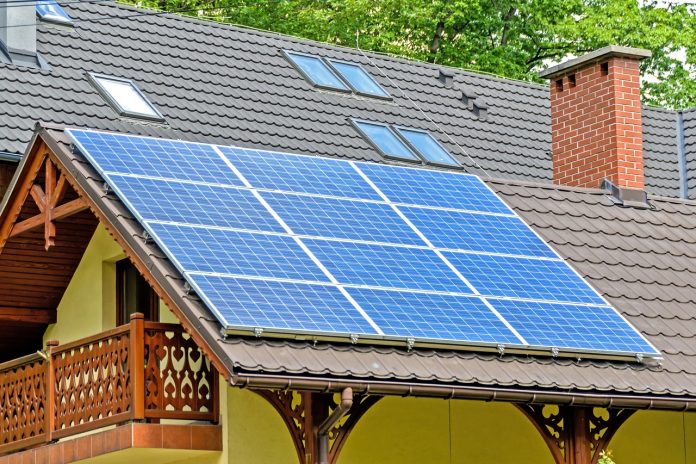NEW YORK — Solar panels are seen more and more on roofs of residential homes and even some farms and businesses.
Due in part to more aggressive marketing by solar energy companies, as well as greater awareness by customers, solar energy has become increasingly popular in recent years, according to the Solar Energy Industries Association.
The association reports that, since the passage of The Solar Investment Tax Credit in 2006, solar has experienced a compound annual growth rate of more than 60 percent.
Show me the money
While many might assume that environmental preservation is the driving force behind the growing popularity of solar energy, it’s actually the financial benefits of solar energy that are leading the way.
One Block Off the Grid polled nearly 200 solar homeowners to learn more about their motivations for going solar. Roughly 75 percent would not have gone solar if there was no economic benefit to doing so.
A number of people who have switched to solar say they are getting a high rate of return on the investment.
The average electricity bill a person saw prior to solar energy hovered around $177 a month. After the conversion, bills were now as low as $55.
Generating solar electricity
Those who are still pondering the decision to go solar may want to know more about how it works. Although the guidelines vary depending on location and the energy company issuing the bill, here are some of the basics.
Solar electricity is generated through a process known as the photovoltaic affect. Sunlight shines on solar panels, which are mounted on the roof of the home or in another prominent location.
Each panel typically has between 60 to 72 solar cells strung together. These photovoltaic cells use the irradiation in sunlight to stimulate the flow of electrons in the semiconductor material, which creates direct current, or DC, electricity.
Systems that directly convert the DC to alternating current, or AC, the type of power voltage used in a house, do so by way of an inverter. The inverter feeds power to the circuit board.
Demand and excess
When the demand from a home or business is equal to the amount of solar power being generated, the system is working optimally. When solar power falls a bit short, grid power will make up the deficit.
There’s also the possibility that excess electricity will be produced.
In a grid connect system, certain areas may operate with a 1:1 net metering policy, states Solar Reviews, which offers consumer reviews of solar products.
This means that the utility company will credit a homeowner 1 to 1 for every kilowatt hour produced in excess because the excess energy goes back into the grid system.
This is called “back-feeding” the grid. It’s handy for powering homes at night with standard electricity at no additional cost. If the production of kwhs exceeds what is purchased from the utility each year, some utility companies will continue to credit for the excess.










